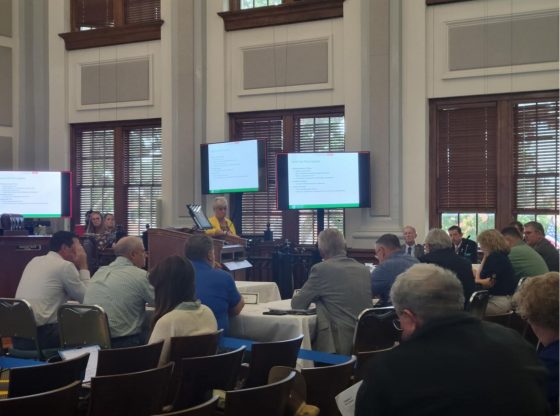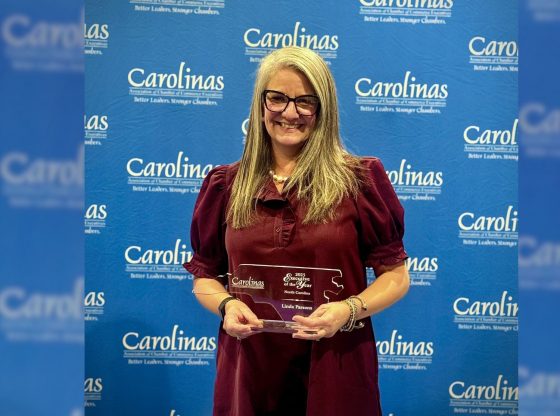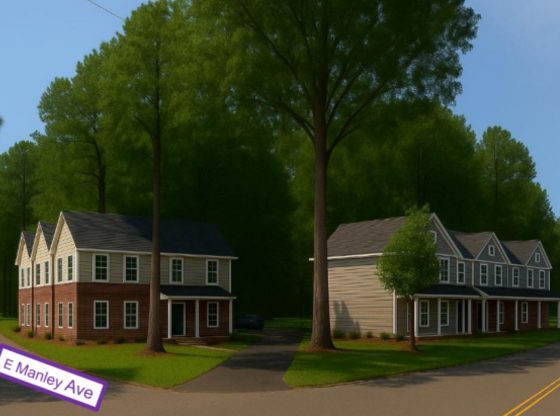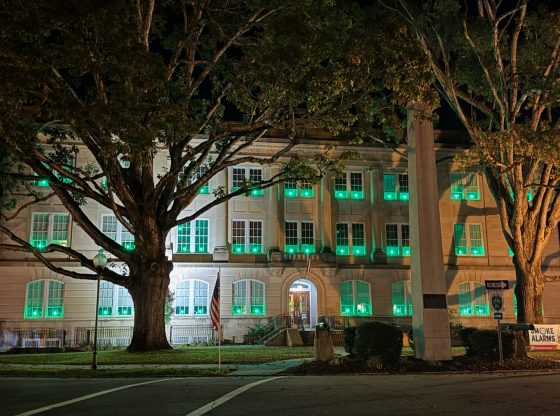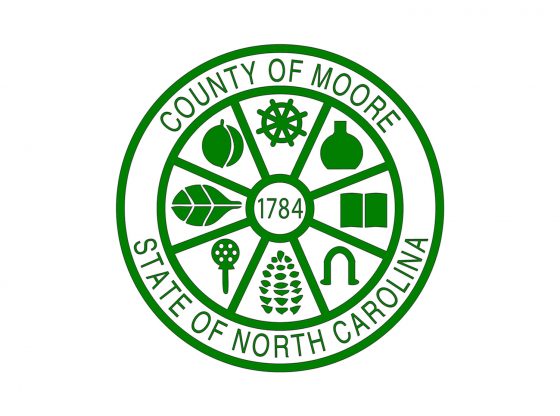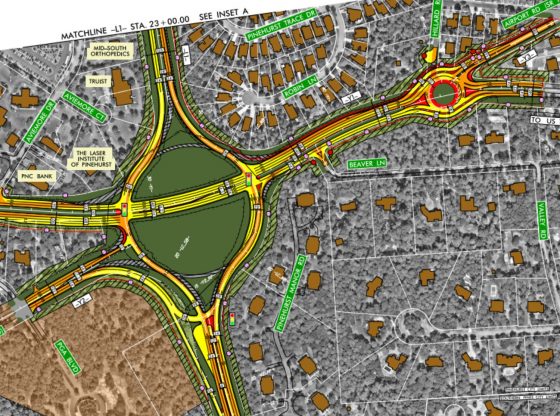Moore County is preparing for future growth with updates to the Land Use Plan, which aims to safeguard rural landscapes and protect small towns.
During Tuesday’s Board of Commissioners Special Meeting, former Unified Ordinance Director Debra Ensminger presented an overview of the draft plan, developed by a Steering Committee that began its work in July 2024. The committee’s recommendations are now shaping what may become the county’s long-term framework for land use and infrastructure.
“The goals, recommendations, and actions outlined in this updated plan represent a shared commitment to guiding growth in a thoughtful and sustainable manner,” read Ensminger from her official draft of the update. “This plan lays a strong foundation for Moore County’s future—one that embraces change without sacrificing the values that define the community.”
The plan includes 10 chapters, with the first six focused on updated county information and the final four outlining future policy, land use categories, and definitions.
“This plan reflects the Steering Committee’s goals, not the commissioners’, not mine,” Ensminger reiterated. “The committee reached a strong consensus: future planning must control the pace and pattern of growth, identify where growth should occur, and preserve the county’s unique character and quality of life.”
Growth Management Strategies
The draft plan introduces several tools to help Moore County balance growth pressures with its rural roots and charm that drew so many residents to it in the first place. Notably, there are three overlays the county intends to focus on:
Agriculture Transition Overlay: Intended to preserve and protect areas of Moore County that are presently predominantly in agriculture and rural lifestyle uses and which are not needed to accommodate the county’s growth over the next 20 years
Small Town Model Overlay: A development pattern intended to cause the development of desirable places to live that optimize land use for the county’s growth. This will reduce sprawl by the mix of uses allowed, their town-like densities, and the efficient provision of public infrastructure and services.
Military Overlay: Designed to preserve compatible land use around military installations.
Ensminger explained that the plan is also prompting the development of supporting strategies to ensure responsible implementation. These include:
• A Master Utilities Plan
• A Parks, Recreation, and Open Space Plan
• A Water Conservation Plan
• A Comprehensive Affordable Housing Plan
Ensminger said that of these proposed plans, the utilities plan is essential. She described it simply as, “It absolutely has to take place.”
After these additional plans were introduced, Commissioner Nick Picerno expressed his support for prioritizing water conservation planning.
“What’s ideal for Moore County? What’s a smart way for us to build? Not too fast, not too slow,” he said. “It has to start somewhere, but we have to nail that down.”
While the Small Town Model Overlay was designed to reduce sprawl and improve infrastructure efficiency, it was the topic of much debate throughout the meeting.
Commissioner Jim Von Canon, an advocate for both workforce housing and maintaining the county’s agricultural areas, pushed back on the notion that expanded sewer infrastructure should lead to smaller lot sizes.
“The houses [in these new developments] are already only a few feet apart, and these aren’t affordable housing options, either,” he said. “They’re places people intend to call home long-term, but they’re already warped. No place for children to play. When houses are ten feet apart, I can see it being good for workforce housing—something where you’ll one day move up. But those shouldn’t be $500,000 houses.”
Von Canon specifically criticized current rapid development in southern parts of the county, citing overcrowded roads and restaurants as signs of growth mismanagement.
Commissioner Tom Adams added that different family needs require a range of housing types and that not every development fits every resident.
“We want it to be a beautiful, great place to live,” Von Canon said. “It’s not great anymore when you want to choose the small restaurant but the line is out the door, or when traffic is backed up because you put 750 apartments at one intersection.”
Commissioner John Ritter echoed concerns about the lack of amenities for new subdivisions being built both in-town and further out in the county, and the ensuing overcrowding.
Highlights from the Draft Plan
The Steering Committee’s proposed goals try to cover every facet of day-to-day Moore County life, from small rural communities to providing water and sewage to thousands of apartments. Key recommendations include:
Preserve and Protect Agricultural Heritage:
Prevent major subdivisions in RA-zoned areas.
Clarify rural zoning definitions to promote continuation of farming and prevent premature development.
Encourage conservation easements, forestry best practices, and farm-based tourism and cottage industries.
Promote Sustainable Development:
Require vegetated buffers in new subdivisions to control runoff and maintain environmental resilience.
Promote conservation subdivisions that preserve at least 40% of the parcel, with 10% dedicated to trails or recreational space.
Use economic development tools to support local food processing and job-creating industrial uses.
Strategic Land Use for Infrastructure Efficiency:
Concentrate new development near existing utility and transportation infrastructure.
Require new major subdivisions within proximity of public sewer systems to connect.
Designate economic development districts to support tax base expansion and local employment.
The draft Land Use Plan will continue through public review and revisions in the coming months before any formal adoption.
~ Article and photo by Sandhills Sentinel Assistant Editor Abegail Murphy. Abegail has been writing for Sandhills Sentinel since 2021.
Want Moore news that matters? Please click here to sign up for the free Sandhills Sentinel e-newsletter.


